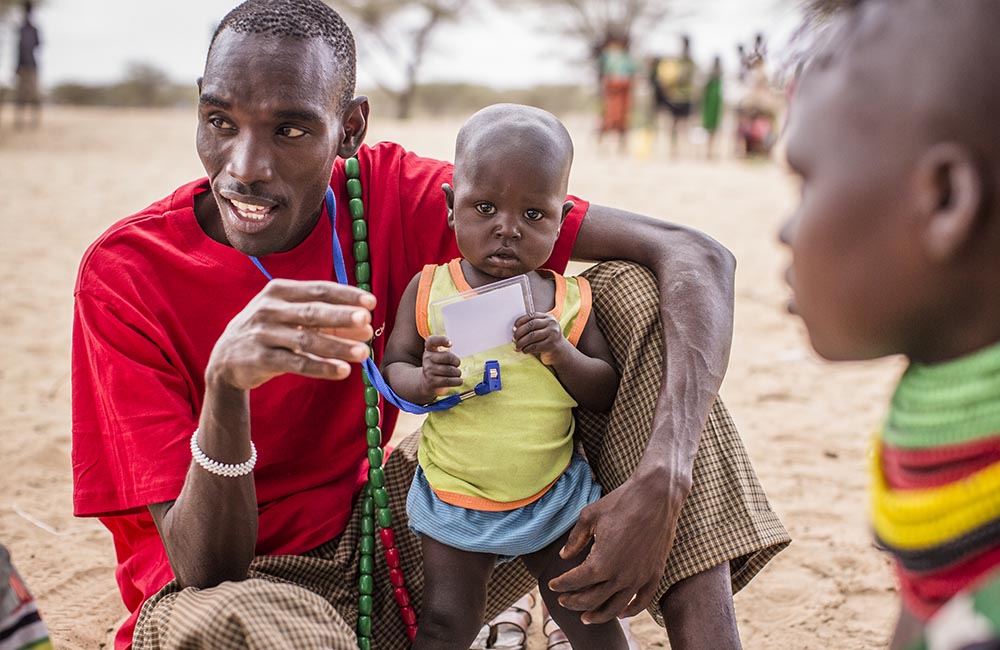Every day, malnutrition kills thousands of children around the world
This entirely preventable condition causes unimaginable heartbreak for a parent or loved one, who in many cases is unable to do anything to prevent their child’s death.
It’s hard for most of us in Australia to imagine being in such a situation. Most Australians have access to enough resources to feed our children a nutritious diet and provide good quality healthcare that we can rely on if our children get sick. But for many families, there is simply not enough food to feed everyone.
Our staff save lives, treating children who are seriously malnourished, or those who are at risk of becoming so. While this life-saving work is at the core of what we do, we don’t walk away once a child is out of danger. What is the point of saving a child’s life once, and then needing to return to do it all over again? We stick around, checking on children’s progress to make sure they don’t become trapped in a cycle of getting ill, recovering, and then getting ill again. We focus on the future, on doing everything in our power to keep each child healthy and safe. But our work goes beyond treating the immediate need too.

Image: Jonathan Hyams/Save the Children
We don’t wait for children to become malnourished, rather we address what causes them to become malnourished in the first place. We work with mothers, in many cases adolescent girls, before they become pregnant, so that they are healthy and able to give their babies good quality nutrition from the very beginning. We also take extra care to target the most vulnerable and most deprived first, so that no child is overlooked or missed.
We do this by working with children, their families, their communities and their governments. We support and empower communities to prevent their children becoming malnourished, to feed them, to keep them healthy, to care for them and to see them reach their full potential both in childhood and into adulthood.